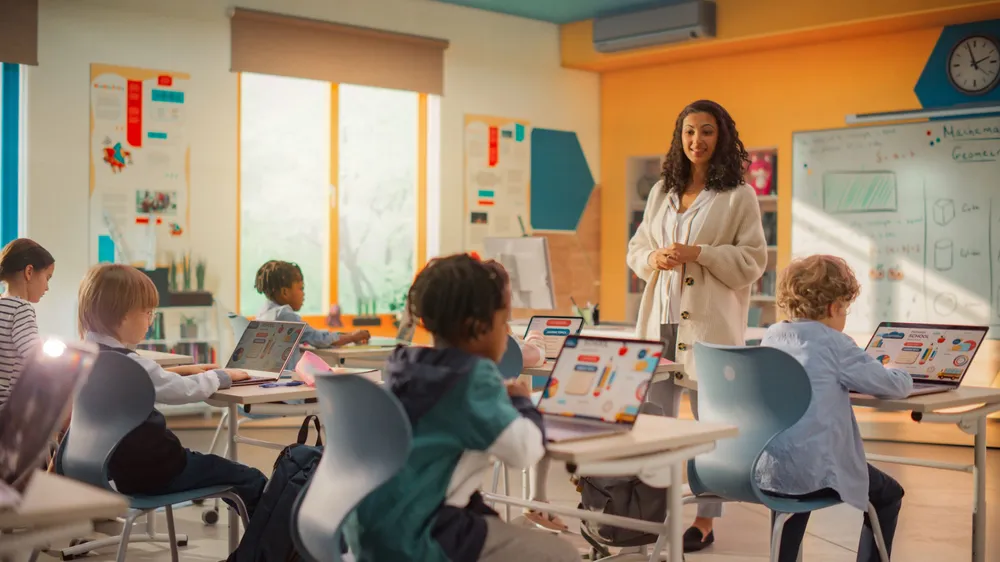
Devices Distributed in Singapore Schools Distract Students' Attention
Since the Ministry of Education (MOE) began issuing iPads and Chromebooks to secondary school students in 2021, concerns have emerged over whether these devices are aiding learning or becoming a distraction. A recent case from Gan Eng Seng School, where a student spent over three hours on YouTube and TikTok during class, has reignited this debate. Many parents and teachers have reported that students are often more engaged in non-educational activities, such as playing games or browsing social media, rather than focusing on their studies.
While these devices were intended to enhance digital literacy and support learning through platforms like Google Classroom and Singapore Student Learning Space (SLS), the reality in some classrooms has been different. Parents and teachers have raised concerns that students frequently bypass the restrictions on the devices, using them for entertainment and social media during class time. The removal of the device management system, Mobile Guardian, after a cybersecurity breach in August, has further exacerbated the issue, leaving students with more freedom to download and access non-educational content.
Despite these challenges, the MOE maintains that personal learning devices (PLDs) are valuable tools for promoting student engagement and technological skills. Schools have set procedures and routines to ensure responsible use of devices during lessons, but many parents feel that more needs to be done to guide both students and families on how to manage digital distractions. Some educators, while acknowledging the benefits of PLDs for collaborative and interactive learning, admit that avoiding the use of devices in some cases may be necessary to minimize distractions.

